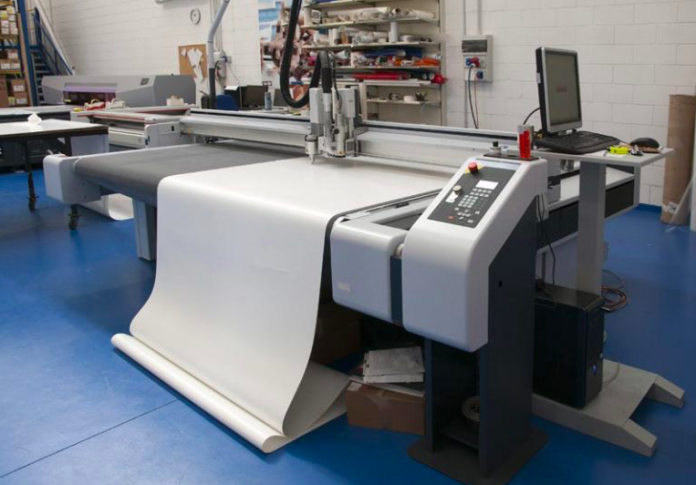
Want to expand your tech knowledge by exploring obsolete output devices? Today, let’s find out what a plotter is? Spoiler alert: A plotter can take upto 40 minutes to print a single high-quality graphics/vector drawing on A0 output.
Introduction
Table of Contents
In the past decade, it seems like the world of technology has fast-forwarded. From 700 pound first-ever computers in the 1800s to less than 1 pound tablet smartphones, everything is getting smaller by the day. In place of printers, we use online PDF files, which are easy to share using the internet. The plotter is one of those fascinating printers that are entirely obsolete today.
Back in 1953, inventor Remington Rand provided the world with “Plotter.” At the time, printers were also invented already. However, the utilization of printers to craft accurate vector drawings wasn’t an option. Henceforth comes the Plotter.
Today, we brought you a concise guide on what a plotter is. Let’s count down all the fascinating details about a plotter and how it works?
What is Plotter?
By definition, a Plotter is a type of manual ink-free printer which uses a pen as the main object to draw vector drawings on paper. You must be wondering what vector drawing is? Well! To begin with, a vector drawing or vector art is a type of art that is created using mathematically relevant vector points, lines, shapes, and curves which further create final graphics. Vector drawing, back in the 1900s, was impossible with a plotter. However, with the commencement of Remington Rand’s plotter invention, it became possible for companies to digitalize their logos for the purpose of offline marketing.
In today’s world, the utilization of plotters has been entirely obsoleted by the vector drawing ability of graphics designing software.
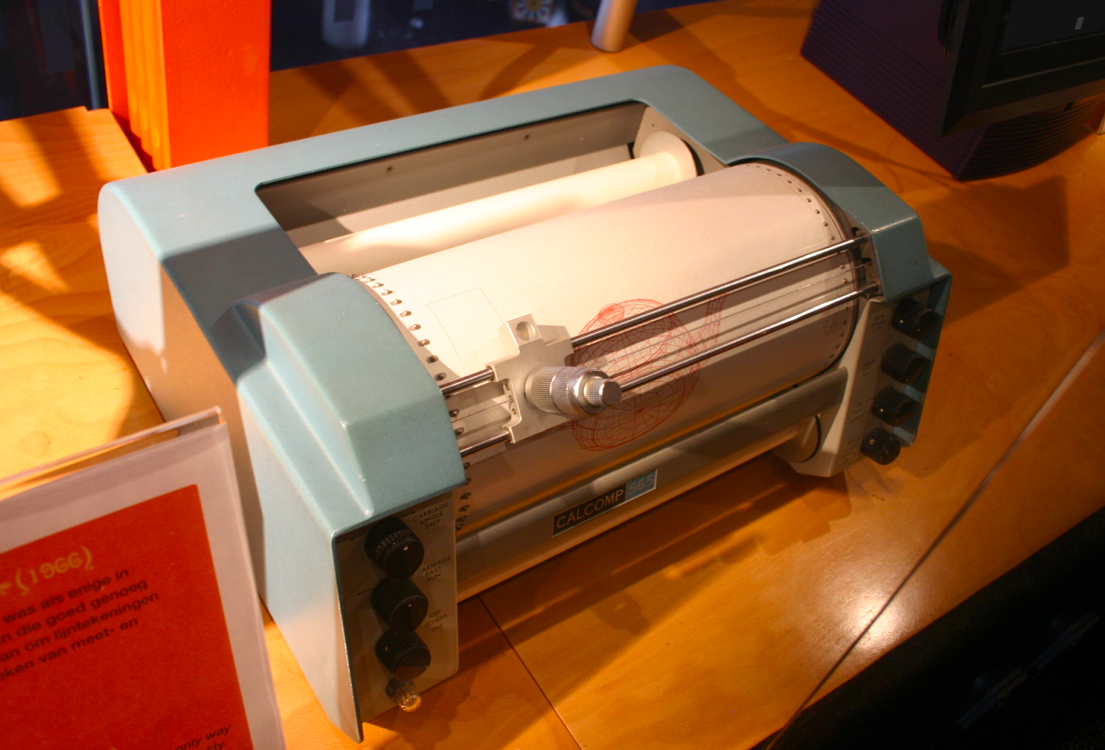
However, back in the day, there were various types of plotters available for distinct purposes. For example, a cutting plotter was used as a measure to cut vinyl or paper, leather, or other such fabrics in order to duplicate or reprint a vector design from the computer. Each type of Plotter had the ability to connect with a computer as an output device.
Unlike those times, today, one can copy any graphic, picture, text, etc., on pieces of hundreds of papers in a matter of minutes using printers.
What’s more shocking is that printers are also on the way to becoming obsolete one day. Because students nowadays are reading and studying using online sources of information. Companies store data in software instead of paper documents. Thus, there’s a great possibility that in upcoming decades, like plotters, printers will also find their end.
What are the different types of plotters?
Even though plotters are 99% obsolete today as well, many companies out there use plotters for vector graphics drawing, such as architecture companies, in order to focus on each and every small detail there is. Unlike the first-ever Plotter invented in the 1900s, types of plotters have also extended.
Following is a list of different types of plotters that are still up and working in many corners of the world. Let’s take a glance:
Type 1: InkJet Plotters: What is plotter?
To begin with, InkJet plotter, as the term “ink” suggests, directly drops ink drops to print a picture on the paper that you have selected on the computer system. More often, expensive inkjet plotters contain at least four palettes so that you can add different colors. This makes the drawing experience much more accurate.
The fascinating part of an inkjet plotter is that you can add only a limited number of colors to it. However, the Plotter itself mixes color combinations in order to create a new color which then creates a picture or graphics on the paper output.
Companies like Canon and HP sell inkjet plotters in many countries.
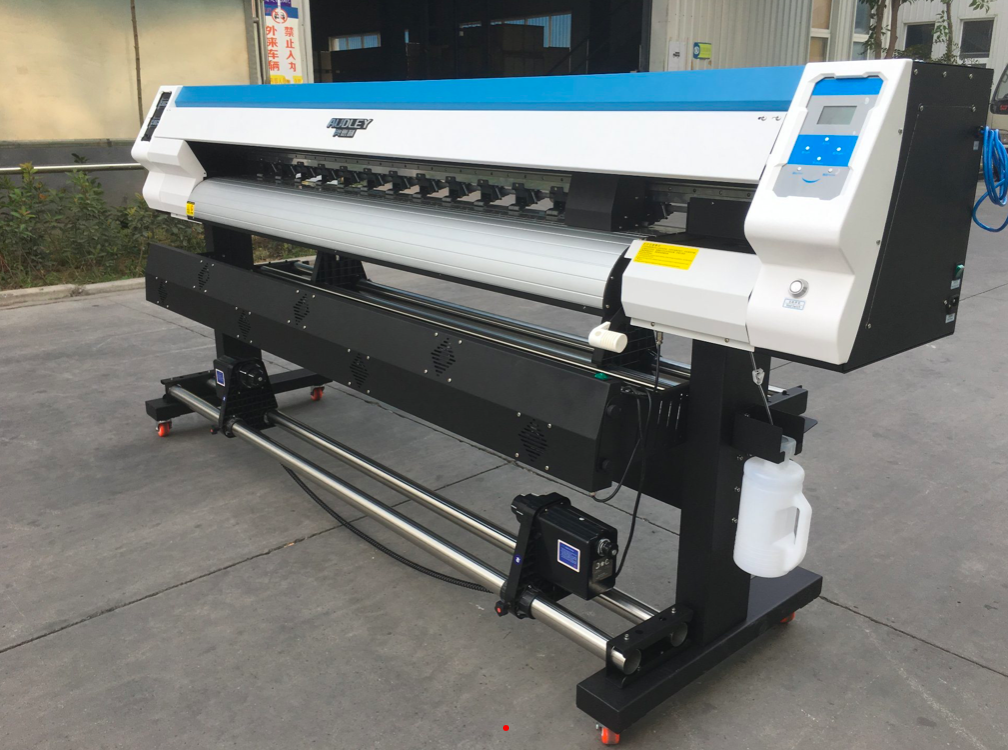
One of the main reasons for the continuous use of inkjet plotters today is that they are widely reliable for creating large graphic paintings, calendars, paintings on large paper for marketing purposes, and so on.
How to use an inkjet plotter?
It is very easy to use an inkjet printer. First of all, you will entail to connect the Plotter with a PC or computer using a USB cable. Next, follow the steps given below:
- Head to the Windows PC “start menu” option.
- Navigate to the “Settings” option.
- Under the devices section, click on the “Printers & Scanners” option.
- Tap on the “add a printer/scanner” option.
- It will begin to scan for nearby output devices.
- Click on your scanner/printer “inkjet.”
- Once connected, go to the photos or graphics that you want to print.
- Click on the “print” option.
- And select an inkjet printer.
- You will notice that the inkjet plotter has started to draw.
But, before the above-mentioned instructions, you will require to set up the inkjet printer or Plotter. Here’s how:
- First of all, add the colors to the color palette on the Plotter.
- Next, set up a sheet/fabric on the Plotter over which you want to print the picture/vector drawing.
- Once the sheet of paper is set on the Plotter, push down the “lever” to prevent the sheet from moving.
- Now, on the inkjet plotter’s control panel, click on the “menu” button.
- Use the left-right button to increase or decrease the force based on the sensitivity of the fabric.
- Similarly, use the up and down button to increase or decrease the speed at which you want the Plotter to print.
- Now, use the above-mentioned method to finally print.
Type 2: Drum Plotter
Unlike Inkjet plotters, drum plotters do not come with lever convenience. Instead, drum plotters use drumline rolling infrastructure. As a result, when a sheet rolls through it, the drum plotter prints the picture. The most amazing part about the drum plotter is its infrastructure. The user rolls a sheet around the cylindrical roll. When the printing procedure begins, the sheet rolls out with a printed image on it.
More often than not, drum plotters come in small sizes as compared to inkjet plotters. You can connect the drum plotter by using the following steps:
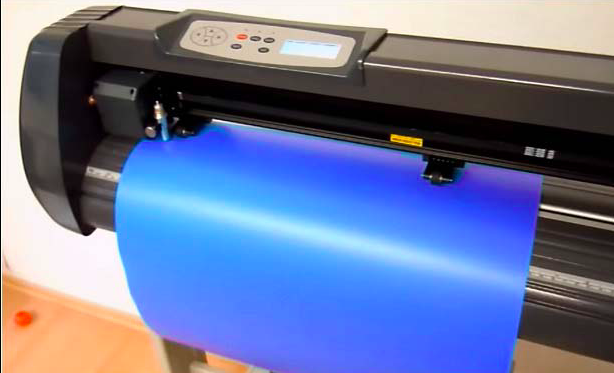
It is very straightforward to use a drum plotter. First of all, you will need to affix the printer with a PC or computer using a USB cable. Next, follow the steps given below:
- Head to the Windows PC “start menu” option.
- Navigate to the “Settings” option.
- Under the devices section, click on the “Printers & Scanners” option.
- Tap on the “add a printer/scanner” option.
- It will begin to scan for nearby output devices.
- Click on your scanner/printer “drum.”
- Once connected, go to the photos or graphics that you want to print.
- Click on the “print” option.
- And select a drum printer.
- You will notice that the drum has started to draw.
It is also noteworthy to mention that drum plotters are widely used in large organizations under the engineering department in order to create high-end blueprints of mechanical designs for machinery.
Type 3: Flatbed Plotter
As the term “flatbed” suggests, flatbed plotters are a type of Plotter that contains a straight bed for the user to place a sheet on. Unlike the drum plotter on which the sheet is rolled. The working mechanics of flatbeds are similar to drum plotters. However, the mainstream outcome of flatbed plotters is better because such plotters use more than one pen at a time to create graphics. As a result, a flatbed plotter makes the printing process much quicker.
Here’s how to connect a flatbed P. with your computer:
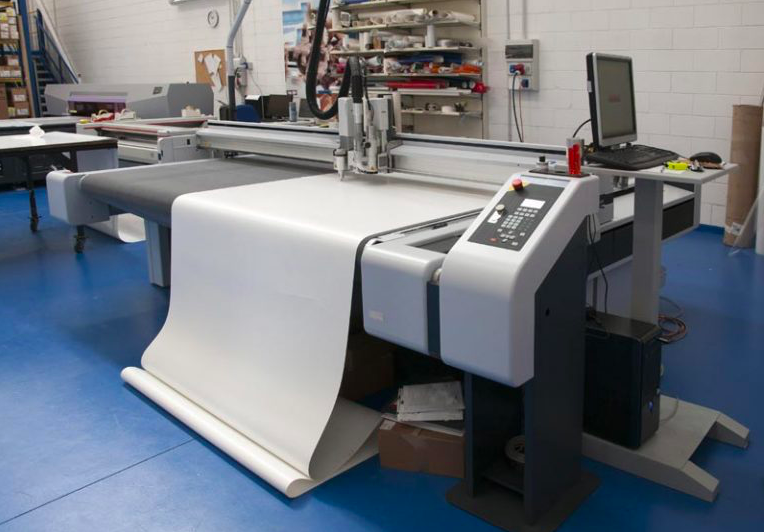
- Use a USB cable to create a wired connection between both devices.
- Head to the Windows PC “start menu” option.
- Navigate to the “Settings” option.
- Under the devices section, click on the “Printers & Scanners” option.
- Tap on the “add a printer/scanner” option.
- It will begin to scan for nearby output devices.
- Click on your scanner/printer “flatbed plotter.”
- Once connected, go to the photos or graphics that you want to print.
- Click on the “print” option.
- And select a flatbed printer.
- You will notice that the flatbed plotter has started to draw.
What is Plotter? Do I need it?
In the event that you are working, managing, or operating a large machinery manufacturing unit, then yes. A plotter will help you distribute your machinery manufacturing mechanical plan on a large sheet of paper. Similarly, a plotter is often required for activities like printing out a large building construction plan, underground unit plans, and so on.
However, in the event that you are investing in a plotter to print out day-to-day standard-size paper documents, then our answer is NO. In this case, you do not need a plotter. In place of a plotter, a small-sized home LED Toner printer will do the job just fine!
Today, printers are replacing plotters at large at a basic level. Because printers take less storage space. Yet, of course, if you want to print a plan on a life-sized sheet, it is irreplaceable.
Apart from this, many garments manufacturing units use cutting plotters to print out colorful real-time designs using fabric sheets. So, that’s a win!
FAQ:
Q: What is a plotter?
A: A plotter is a computer hardware device used for printing vector graphics, such as diagrams, maps, or charts, using a pen or a knife.
Q: What are the advantages of a plotter?
A: A plotter can produce high-quality, accurate, and large-scale drawings that are impossible with conventional printers.
Q: What are the disadvantages of a plotter?
A: A plotter is more expensive, slower, and bulkier than a conventional printer. A plotter also requires special software and maintenance.
Q: When was the first plotter invented?
A: The first plotter was invented in 1953 by Remington-Rand and used with the UNIVAC computer to create technical drawings.
Q: Where can I buy a plotter?
A: You can buy a plotter from online or local vendors, such as Amazon, HP, or Staples.
Epilogue
We hope that the question “What is plotter?” is no longer bothering you. To learn about amazing technologies and machinery that are still used in today’s digitalized world, keep us in your bookmarks. Good luck.















